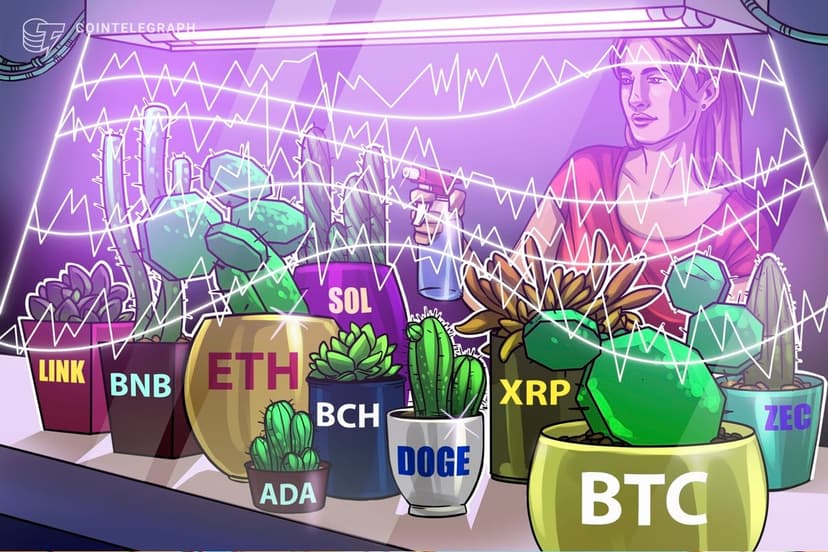Introduction
When buying Chainlink, there are several factors to consider, including selecting a reliable exchange to acquire it from and the method of transaction. Thankfully, we've gathered a list of trustworthy exchanges to assist you with the process.
Step-by-Step Guide for Ugandan Investors
1. Select a Trading Platform
Research and select a cryptocurrency exchange that operates in Uganda and supports Chainlink trading. Consider factors such as transaction fees, security measures, and user reviews from local traders.
See all 73 prices in UgandaE-platform Coin Cost Nexo Chainlink (LINK) 13.45 APY PrimeXBT Chainlink (LINK) 13.42 APY YouHodler Chainlink (LINK) 13.41 APY Binance Chainlink (LINK) 13.42 APY BTSE Chainlink (LINK) 13.42 APY 2. Open an Account
Sign up on the exchange's website or mobile app by providing your personal details and identity verification documents, such as your national ID or passport.
See all 73 prices in UgandaE-platform Coin Cost Nexo Chainlink (LINK) 13.45 APY PrimeXBT Chainlink (LINK) 13.42 APY YouHodler Chainlink (LINK) 13.41 APY Binance Chainlink (LINK) 13.42 APY BTSE Chainlink (LINK) 13.42 APY 3. Top Up Your Account
Transfer funds to your exchange account using supported payment methods such as mobile money, bank transfer, or credit and debit cards.
4. Navigate to the Chainlink Market in Uganda
Once your account is funded, look for Chainlink (LINK) in the marketplace of the exchange.
5. Select a Transaction Amount
Enter the desired amount of Chainlink you wish to buy.
6. Confirm Purchase
Preview the Transaction Details and Confirm Your Purchase by clicking the "Buy LINK" or the equivalent button.
7. Finalize Transaction
Your Chainlink purchase will be processed and deposited into your exchange wallet within a few minutes.
8. Transfer to a Hardware Wallet in Uganda
It's always best to keep your cryptocurrency in a hardware wallet for security reasons. We often recommend Wirex or Trezor as reliable options for Ugandan users.
What to Keep in Mind
When buying Chainlink, it's essential to select a trustworthy exchange that is user-friendly and offers competitive fees. After making your purchase, always transfer your cryptocurrency to a hardware wallet. This ensures that regardless of any issues that may arise with the exchange, your cryptocurrency remains secure.
Latest Movements in Uganda's Financial Landscape
missing en-ug translation: common.latest-movements-copy
- Market capitalization
- US$12.56B
- 24-hour trading volume
- US$867.93M
- Available supply
- 631.1M LINK


